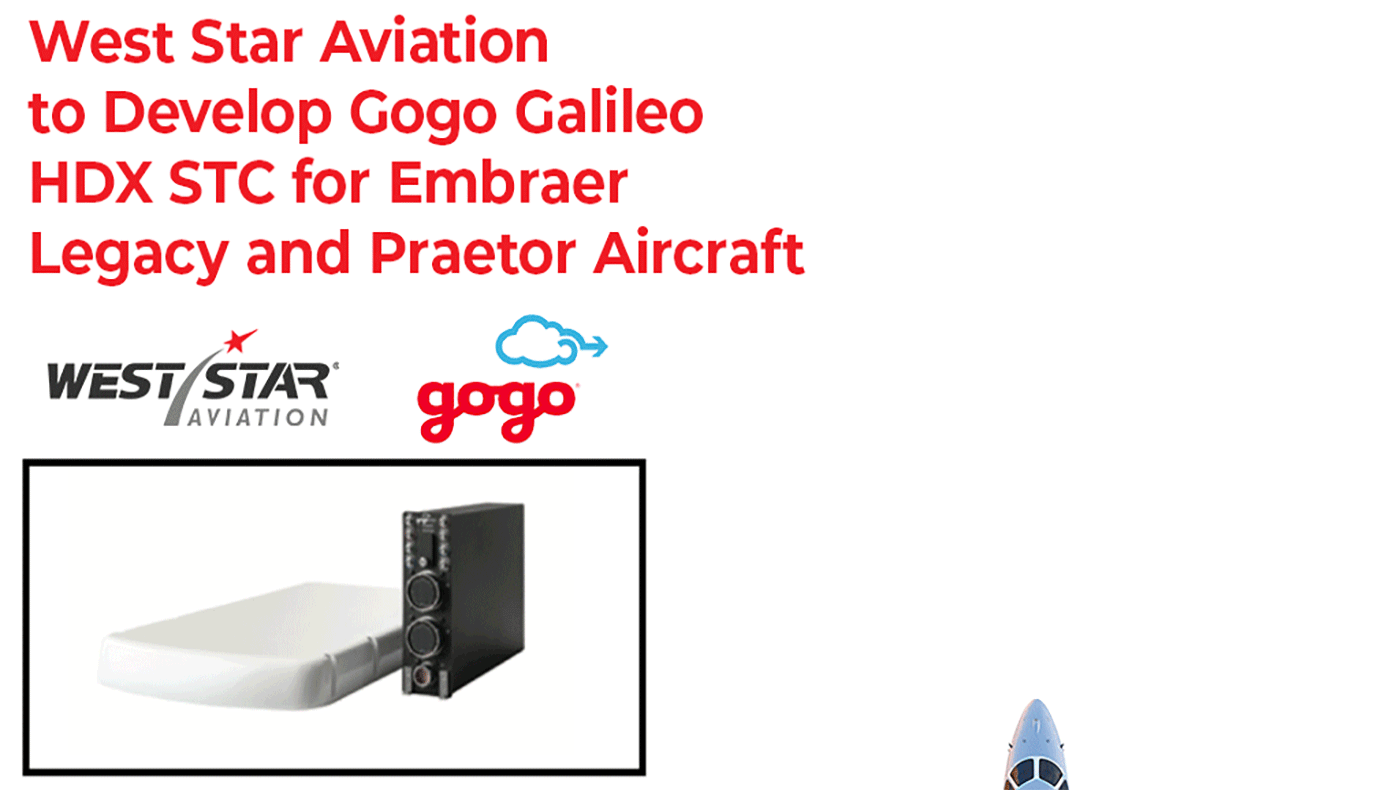|
The third quarter was one of stabilization for the business jet market with operations, orders, available aircraft, and pricing all ebbing but at the same time normalizing, according to Global Jet Capital’s latest Business Aviation Market Brief. “Despite this shift, the market continues to show strength and resilience,” it maintained, pointing to strong OEM backlogs, operations that remain above pre-pandemic levels, and still-low availability of newer and more desirable preowned aircraft. In the quarter, flight operations decreased by 1.3% year over year (YOY) but were 1% higher sequentially and still 14.6% above pre-pandemic third-quarter 2019. Global Jet Capital said this dynamic reflects “an enduring expansion in the user base for business aviation.” Fractional operations remain the strongest sector in terms of growth, expanding slightly in the quarter. OEM revenue was up by 15.3% YOY while backlogs remained high at $45.6 billion—just a 1.1% dip YOY. Orders in the quarter declined YOY but were still up 20.4% from 2019. Preowned transactions remained stable as more aircraft came on the market. New preowned public listings were up 13.3% YOY. Aircraft 13 years and older represented 69.6% of the new listings at the end of the quarter. Aircraft available for sale represented 7.8% of the total fleet as of October 31—still below the 10% average of the last decade. |
|
|
Speculation about Embraer’s plans for a larger, long-range business jet remains just that, given what was said on Monday at the company’s investor day held at the New York Stock Exchange. Dozens of reporters and analysts repeatedly asked about the Brazilian manufacturer’s plans to develop a larger business aircraft, but executives remained noncommittal and stressed that their focus is on expanding Embraer’s core business by 65% in the next four to five years—not including the Eve eVTOL program. Even Mike Silvestro, CEO of fractional provider Flexjet—which counts numerous Embraer Phenom 300s and Praetor 500s in its fleet—commented on a panel at the event that he'd love to see a long-range jet enter the Embraer lineup. “If you look at the Phenom and the Praetor [taking the market share that they do], it’s because the product has been differentiated by something that adds value to the customer,” said Embraer Executive Jets CEO Michael Amalfitano. “What’s the next differentiator that allows us to unlock and unleash the profitability and customer profile for a new segment? Where is the most value? We are talking to customers, because these are billion-dollar investments.” Meanwhile, he turned to Eve and laid out the value of an eVTOL for a business jet customer. “The urban concept Eve is unlocking means time-saving for passengers, and you can apply that to different types of passengers,” Amalfitano said. |
|
|
The U.S. Department of Transportation’s Office of Inspector General (OIG) is auditing the FAA’s “consistency of interpretation and application of policy regarding supplemental type certificates (STCs)” as required by the FAA Reauthorization Act of 2024. The act specifies audits of STCs, repair stations, and technical standard orders, and the STC audit will be the first. Companies that develop STCs and seek FAA approval have been complaining that their projects are suffering significant delays due to a lack of FAA resources and consistent application of the regulations. Many also believe that there is reluctance on the part of FAA personnel to approve complex STCs because of problems identified as part of the two Boeing 737 Max crashes and the resulting deficiencies in FAA oversight of Boeing certification processes. Critics allege that inconsistency in STC approval decisions is also a problem with the process. According to the DOT watchdog, the first audit’s objectives are “to determine whether (1) FAA has sufficient controls in place to provide reasonable assurance that inspectors are consistent in determining what aircraft alterations require an STC, and (2) FAA inspectors process STC applications consistently across FAA offices and geographic regions.” OIG inspectors will conduct the audit at FAA headquarters in Washington, D.C., and FAA regional offices responsible for STC approvals. |
|
|
Nimbl, a provider of safety management systems, procedures manuals, and compliance support, has launched a new integration with business aircraft flight scheduling and management software platform Airplane Manager. The tie-up enables seamless data exchange between the two platforms, simplifying flight planning and preflight procedures for operators. When flight plans are created in Airplane Manager, details such as departure and destination, tail number, and pilot information are automatically synchronized with Nimbl. The integration also displays key safety assessments, including risk scores and links within Airplane Manager. The two-way data sync eliminates duplicate efforts and encourages operators to complete preflight safety checks that could be overlooked. “At Nimbl, we believe that manuals and safety management should be easy and efficient. By helping to streamline preflight processes, we empower operators to gather accurate data and execute effective planning, ultimately elevating both productivity and safety,” said Nimbl v-p of strategic partnerships Clément Meersseman. “Through partnerships like this one with Airplane Manager, we leverage a shared expertise, making it even easier for operators to implement effective solutions.” |
|
|
Las Vegas-based flight training provider and hangarkeeper All In Aviation has acquired Lone Mountain Aviation, its long-time maintenance provider. Founded in 1982, Lone Mountain is a Part 145 certified warranty repair center for Cirrus, Cessna, Piper, Beechcraft, and Epic aircraft, along with engine makers Williams, Pratt & Whitney Canada, Continental, and Lycoming. The two companies jointly built a multi-use aviation complex at Henderson Executive Airport (KHND) that debuted in 2020. It features 9,000 sq ft of office space, a pilot shop, eight training rooms, a ground school classroom, and an 18-seat conference room, along with an avionics workshop and parts department. The complex also has 25 hangars, including nine that can accommodate aircraft up to midsize business jets. With the acquisition, All In will gain 23,000 sq ft of aircraft maintenance space at KHND, as well as an 18,000-sq-ft repair facility at North Las Vegas Airport (KVGT). “This acquisition represents a significant step forward in our efforts to best serve our clients,” said All In founder Paul Sallach. “The combination of All In Aviation’s flight training expertise and Lone Mountain Aviation’s renowned maintenance capabilities will create an unparalleled level of service for our customers.” |
|
|
Florida’s Palm Beach International Airport (KPBI) will be closing Runway 10R/28L early next month to accommodate construction activities for central airfield improvements and the rehabilitation of Taxiway R. The 3,200-foot strip is expected to remain shuttered until March 3, 2025. While no actual work will be done on 10R/28L, the $40.9 million Central Airfield Improvement project will include the rehabilitation of Taxiway B, reconstruction of Taxiways F and H, and rehabilitation of the shoulder pavement of crosswind Runway 14/32, along with associated markings, lighting, and signage. Taxiway R—which is adjacent to 10R/28L and connects the Atlantic Aviation general aviation ramp—will receive, in addition to rehabilitation, modifications that will remove direct access from the apron to Runway 10R/28L. That project, with a price tag of $3.5 million, is expected to begin on December 16. An airport authority spokesperson told AIN that the work would “enhance safety by bringing the project areas to current FAA standards in addition to maintaining the pavement to extend its useful life.” During the three-month closure period, the airport expects to shift the runway’s aircraft traffic to parallel 10,000-foot Runway 10L/28R or 14/32, depending on operational conditions. |
|
|
Battery manufacturer Saft has released a prototype version of its new 28-volt lithium-ion (Li-ion) main-ship battery that allows aircraft OEMs to begin bench-testing it for future applications. The first battery being offered is a 60-amp-hour unit that “stores more than twice the energy in the same weight and one and a half times the energy in the same volume than a lead-acid battery,” according to Saft. Weight savings with the Li-ion battery in some aircraft applications could be as much as 20 to 30 kg (44 to 66 pounds). Saft includes smart monitoring features for real-time battery health and status reporting. A Mil-Spec interface is standard, as is a DO-311A1-compliant vent and case meeting thermal runaway containment requirements. The battery employs Saft's proprietary cell chemistry and will be manufactured at one of its aviation-certified facilities. Development of the battery took place at Saft’s research and development facilities in Cockeysville, Maryland, and Bordeaux, France. “We have a long track record in providing Li-ion technology for aviation with the Joint Strike Fighter and other commercial programs,” said Annie Sennet, executive v-p for the aerospace, defense, and performance division. “Our new lithium-ion battery for aviation uses all this expertise, translating it into an innovative solution, long-awaited by the industry, that offers a safe, cost-effective, high performance, and weight-saving alternative to lead-acid technology.” |
|
|
|
|
|
|
AINalerts News Tips/Feedback: News tips may be sent anonymously, but feedback must include name and contact info (we will withhold name on request). We reserve the right to edit correspondence for length, clarity, and grammar. Send feedback or news tips to AINalerts editor Chad Trautvetter. |
|
AINalerts is a publication of AIN Media Group, 214 Franklin Avenue, Midland Park, New Jersey. Copyright 2024. All rights reserved. Reproduction in whole or in part without permission is strictly prohibited. |















